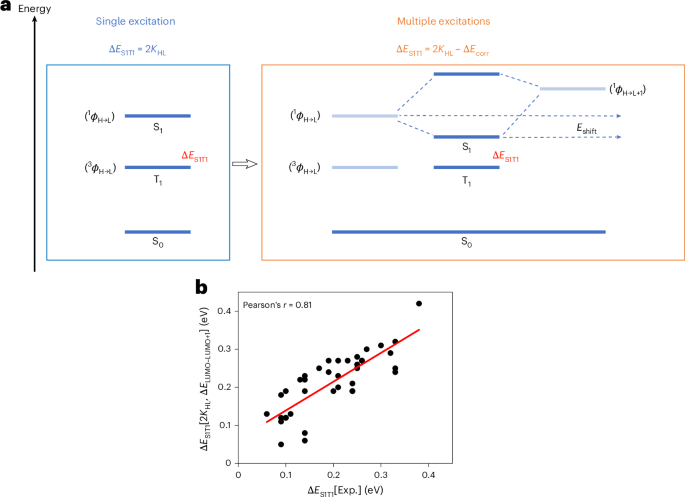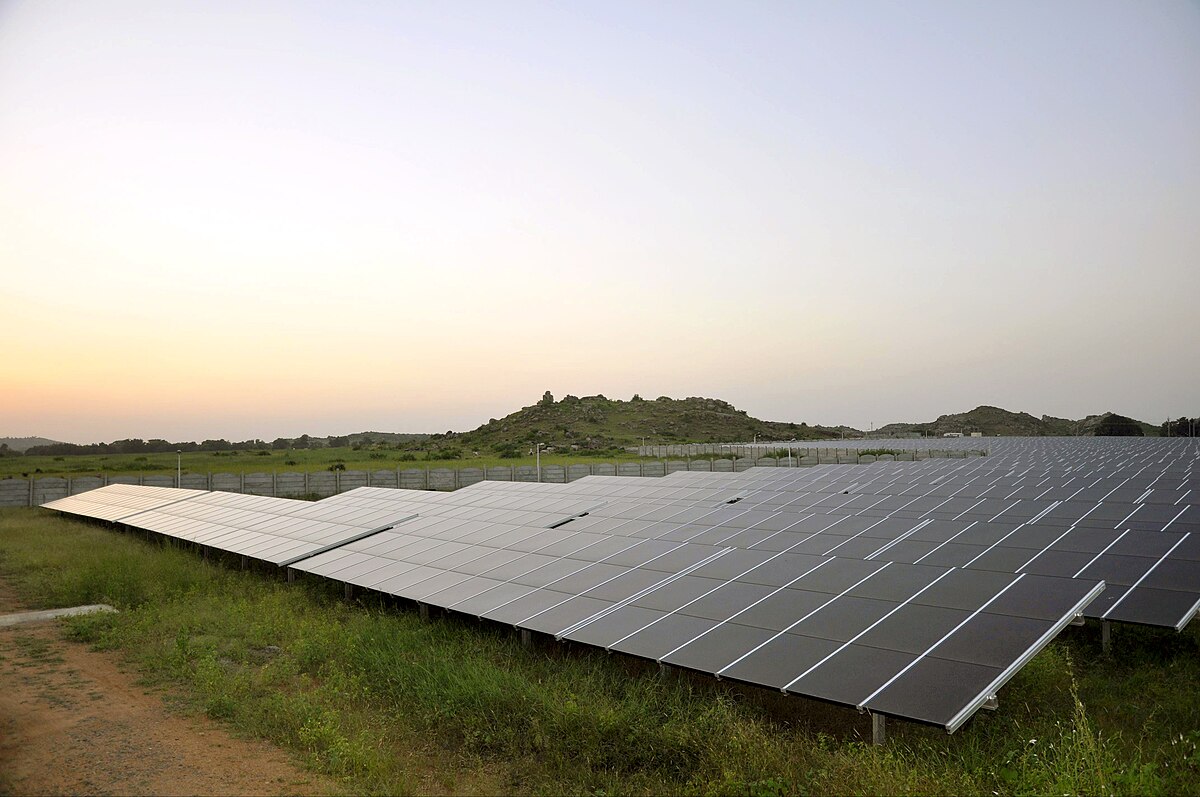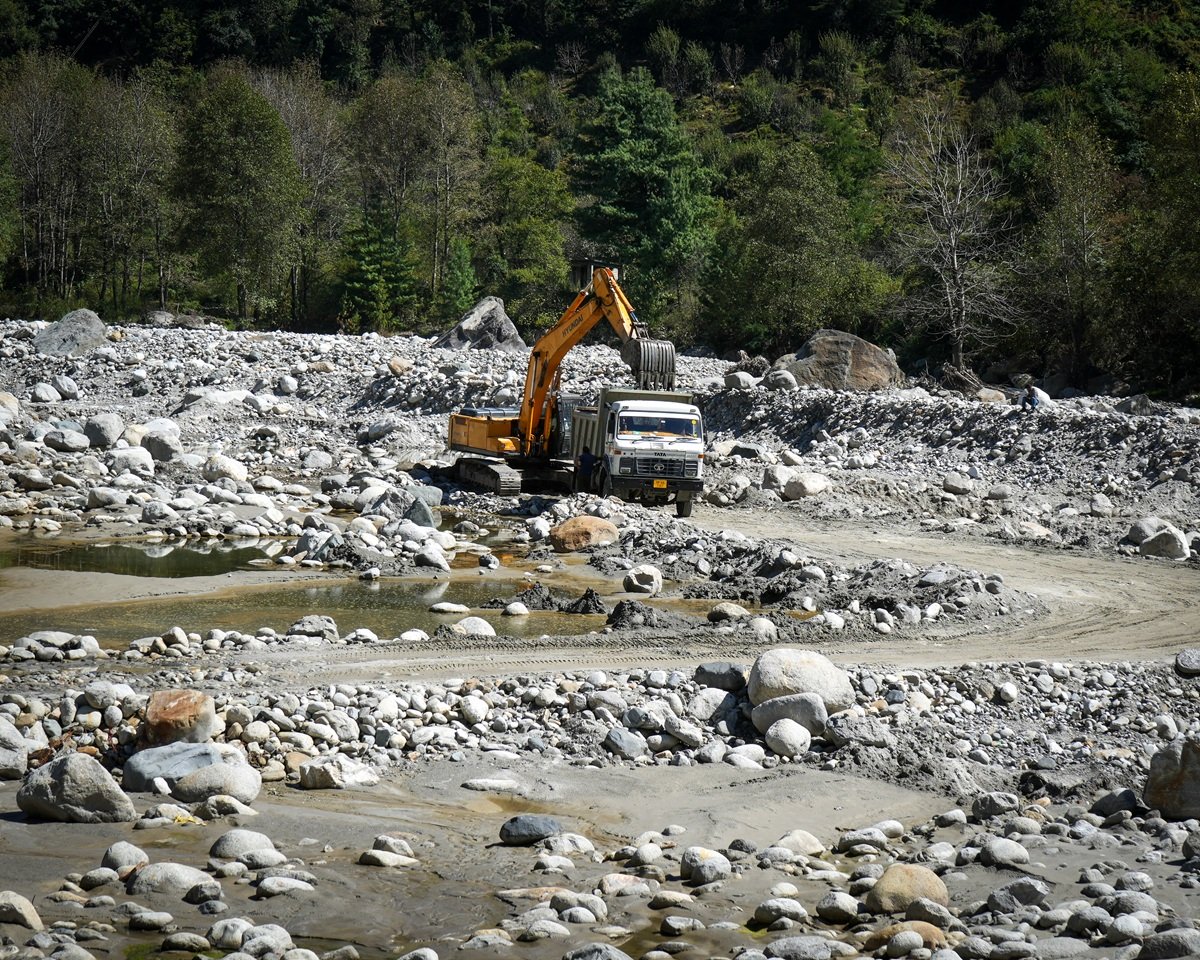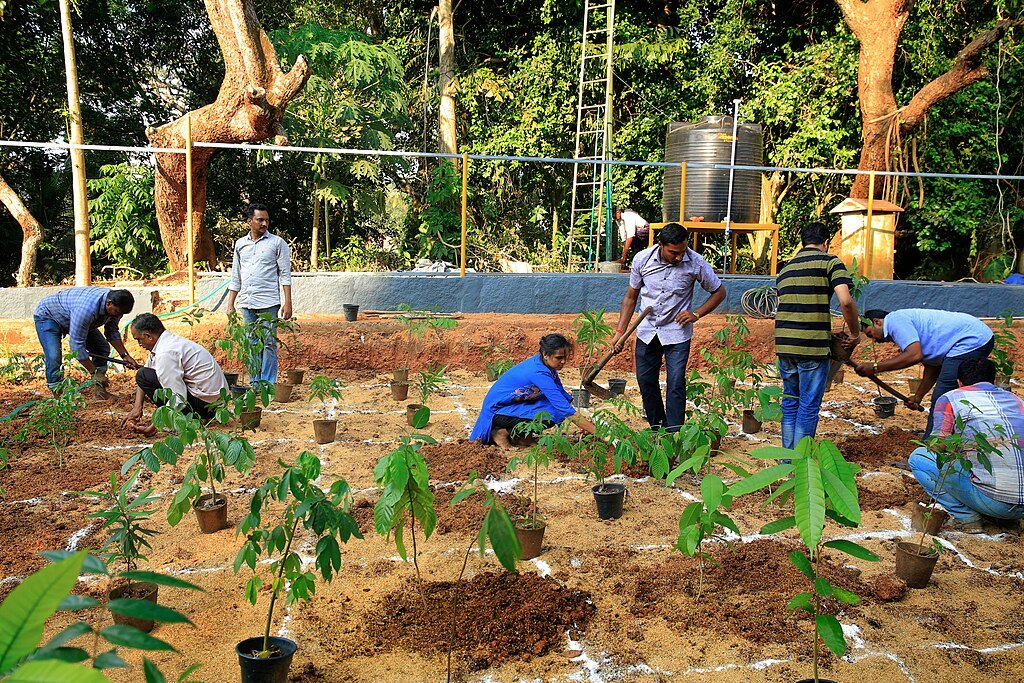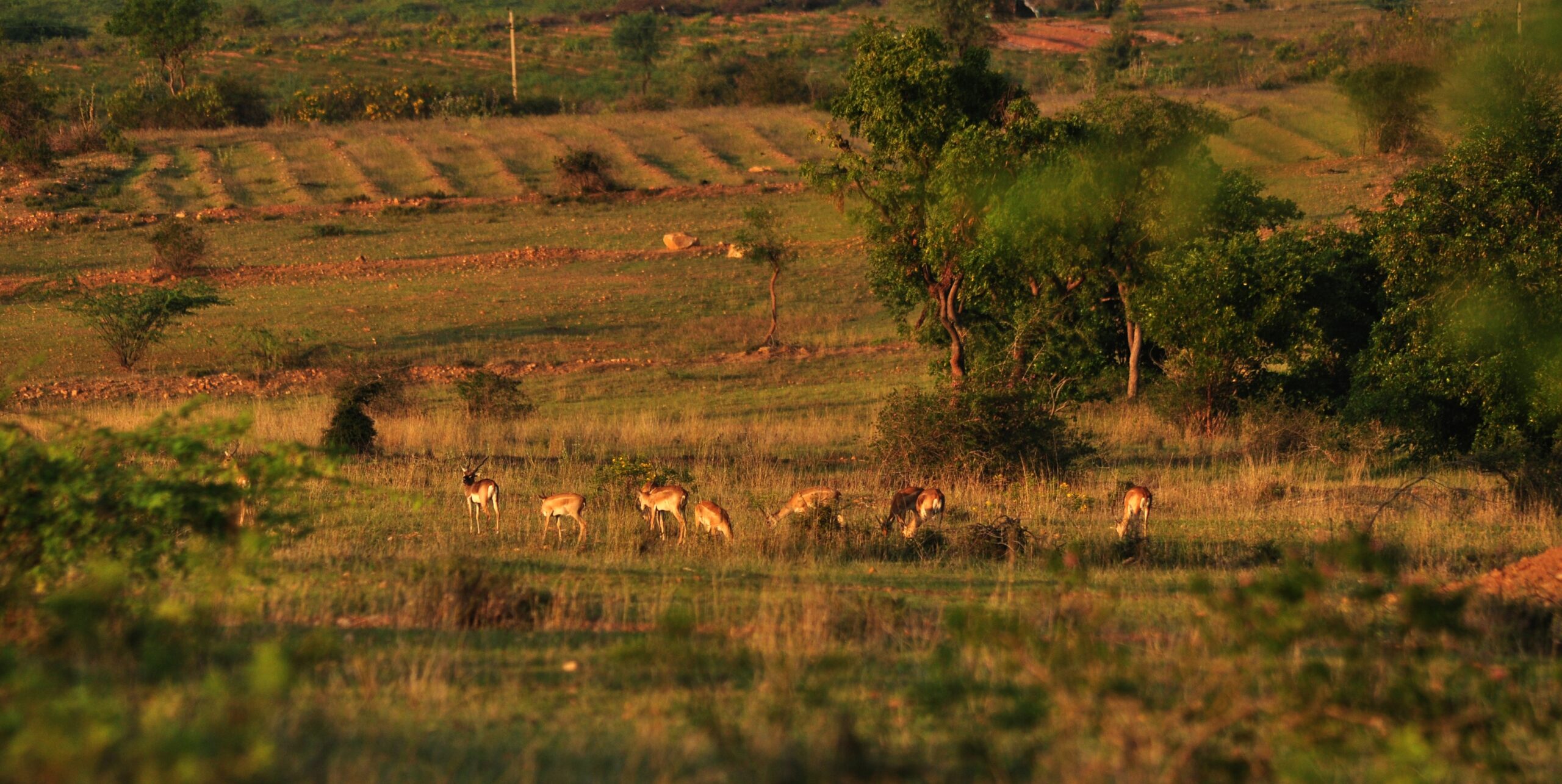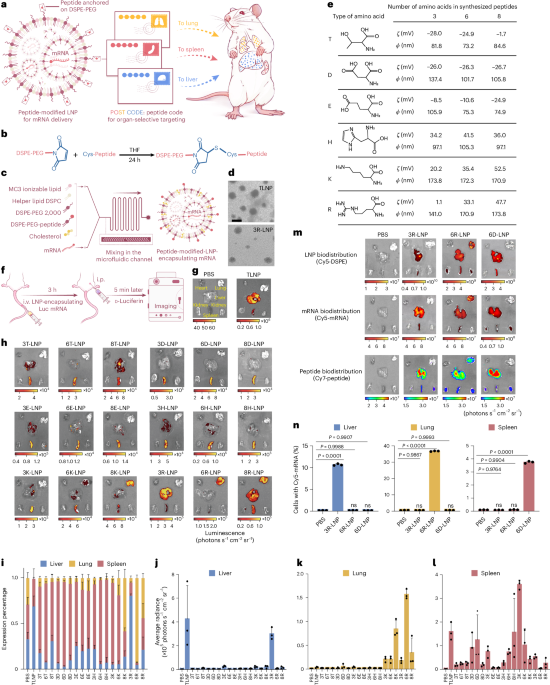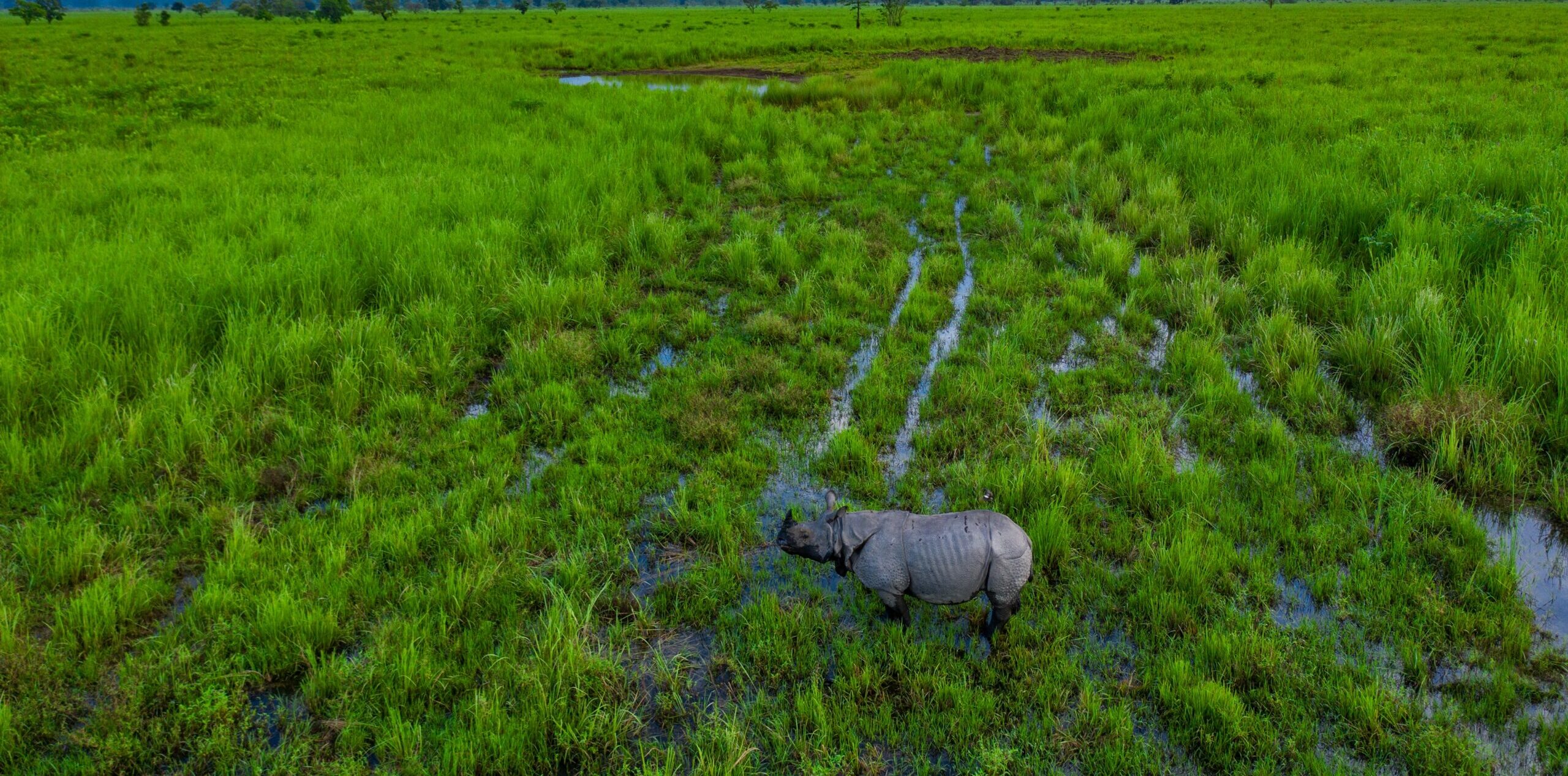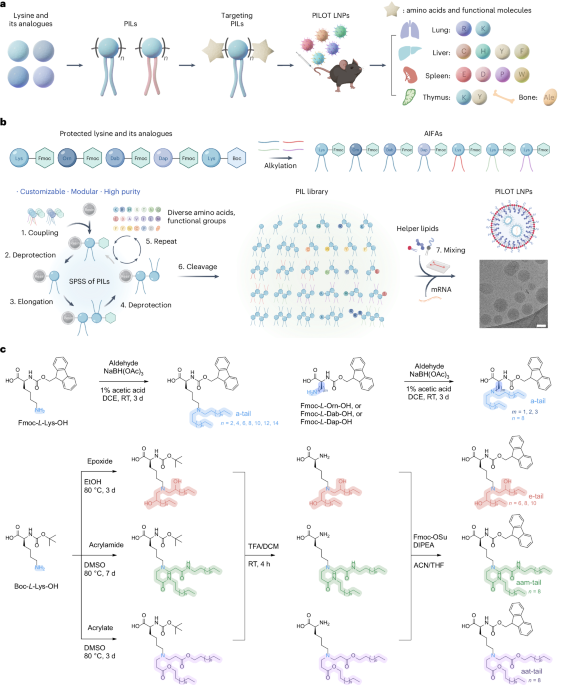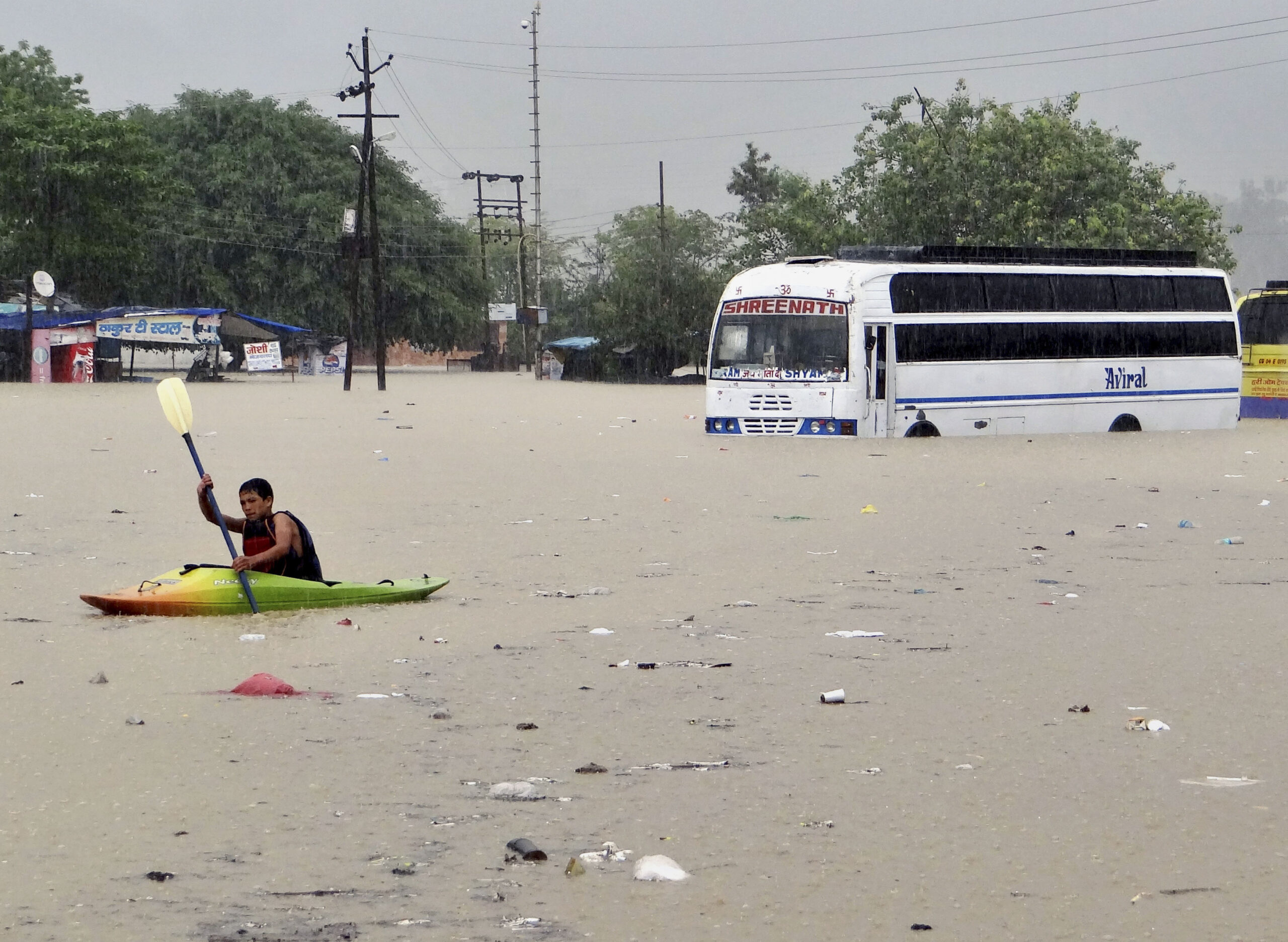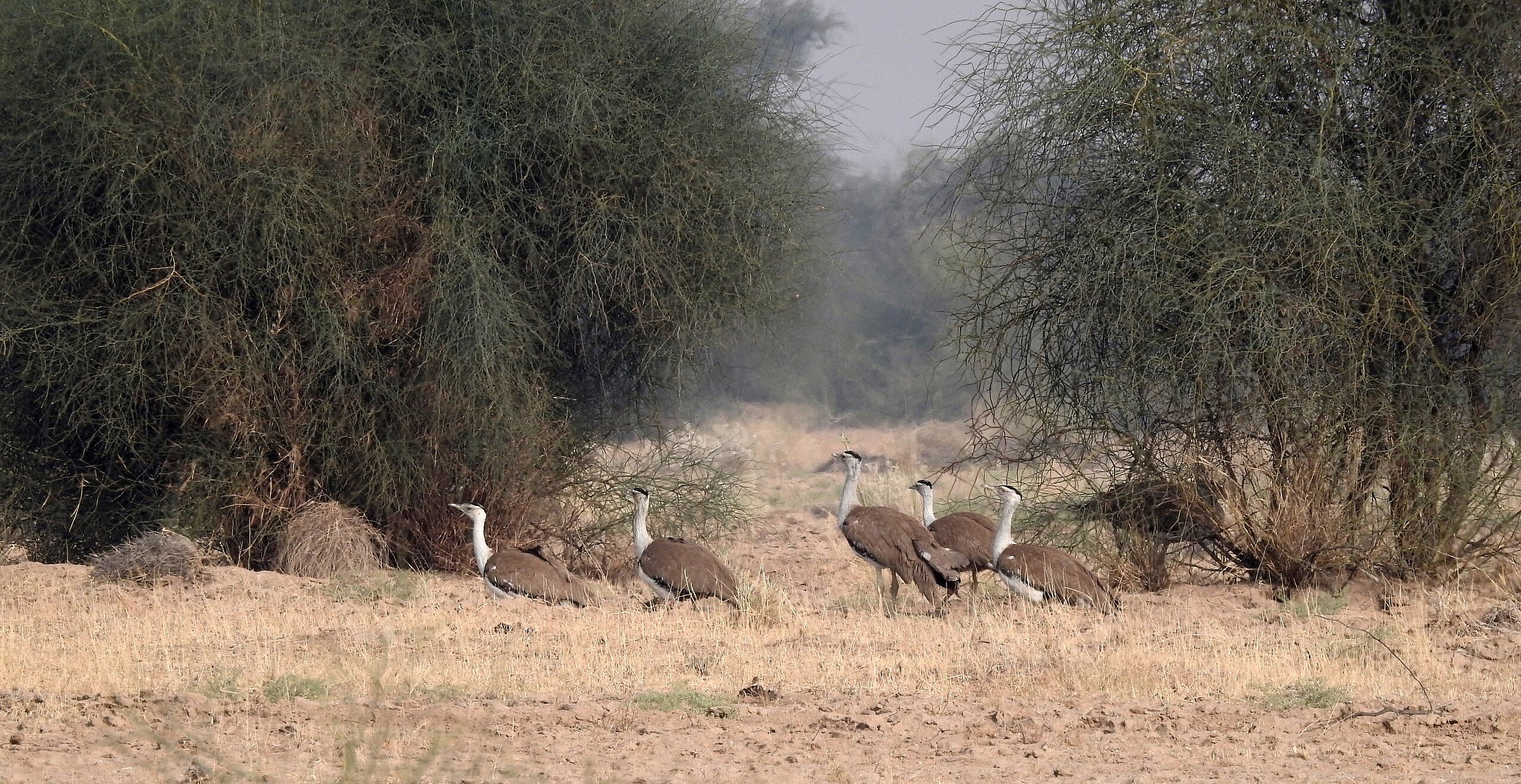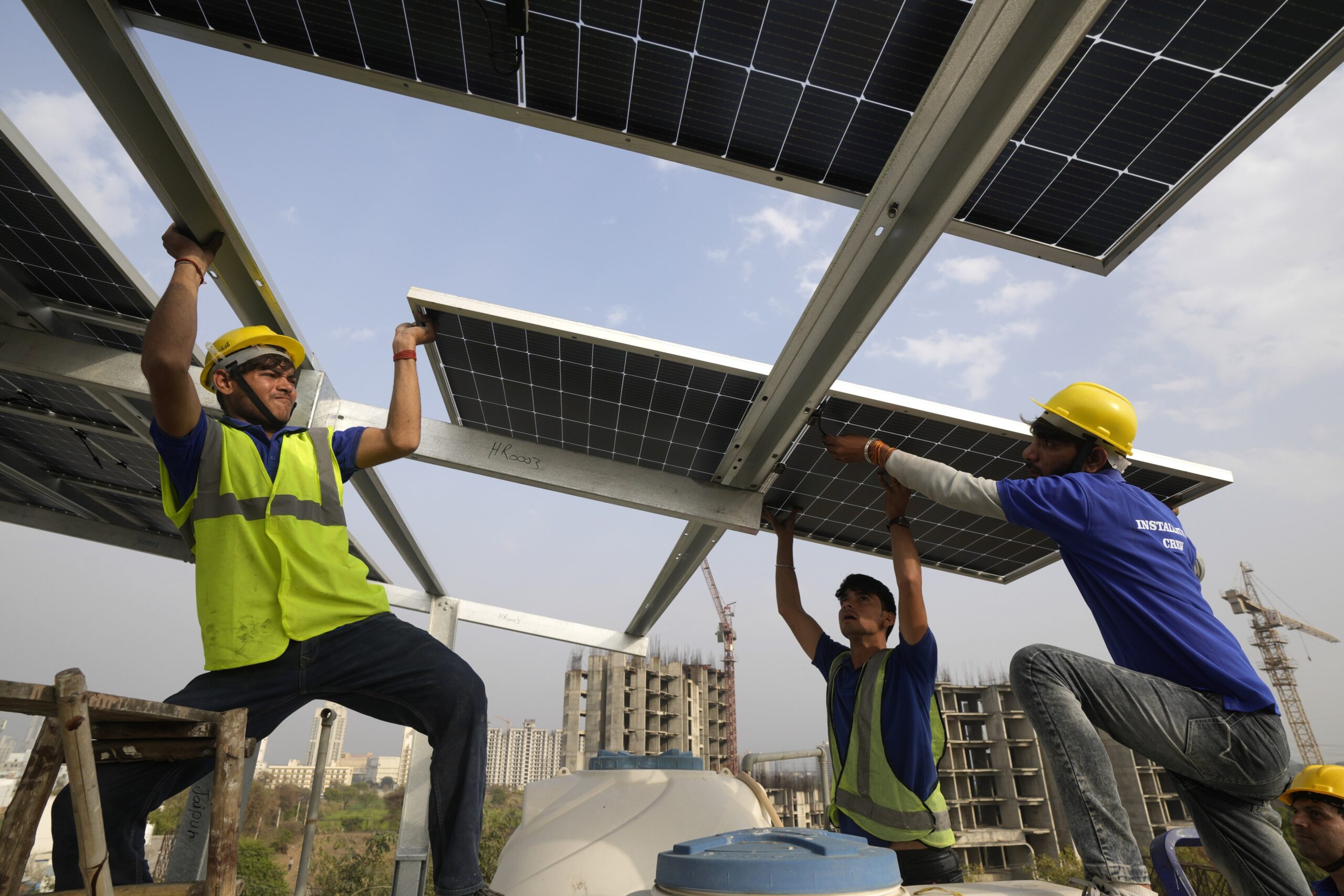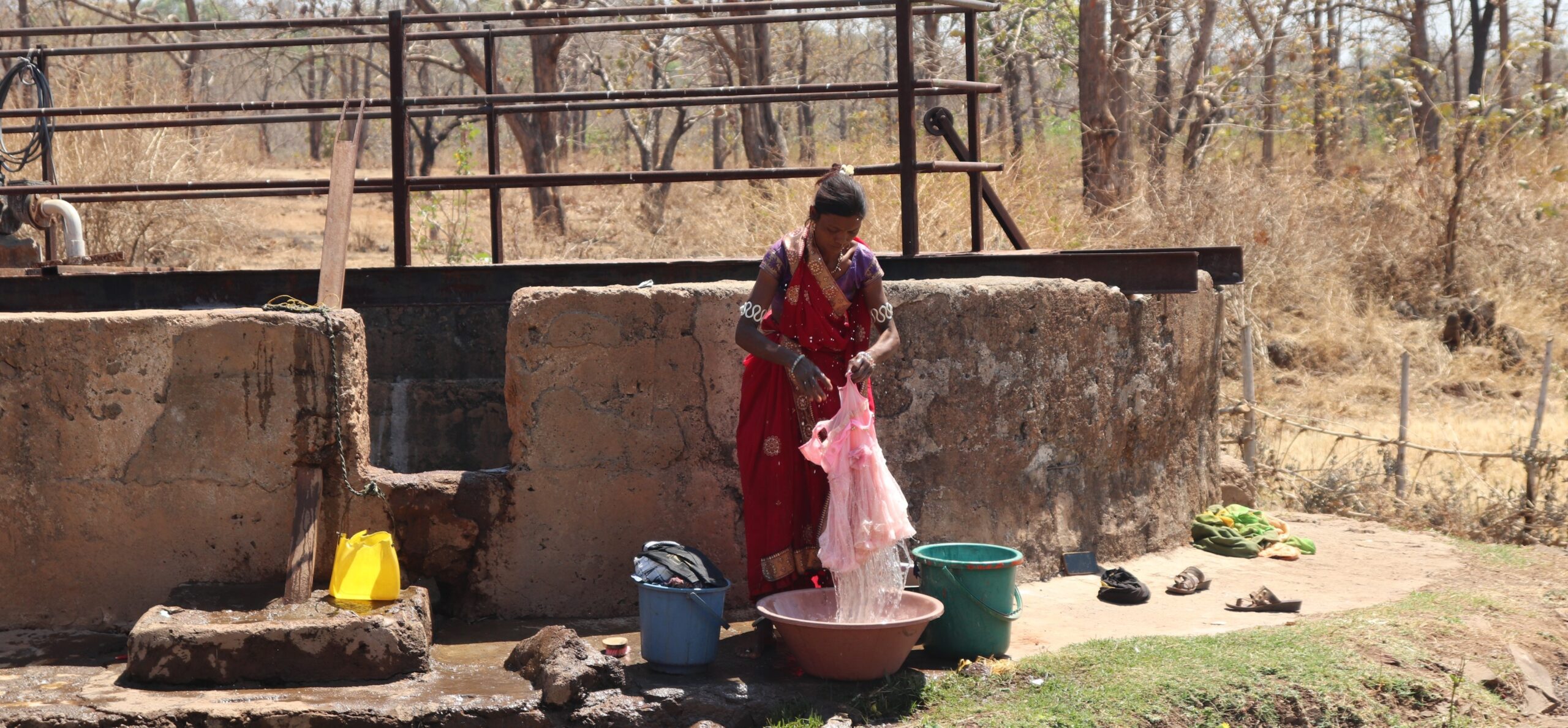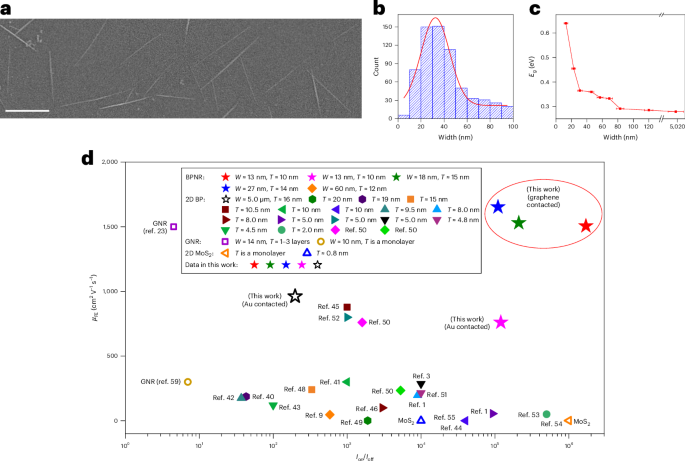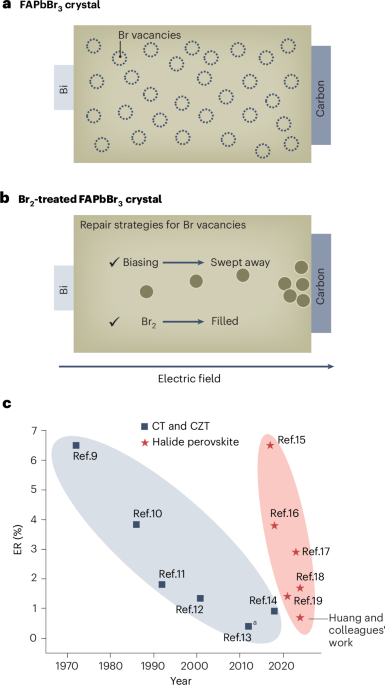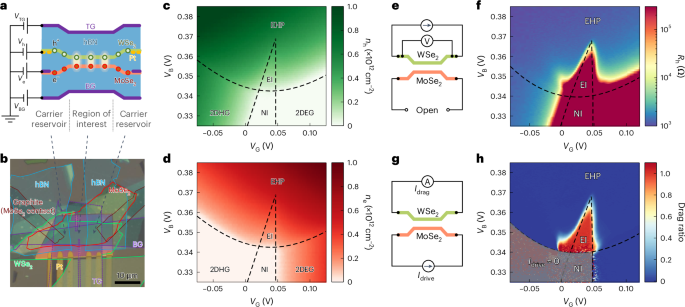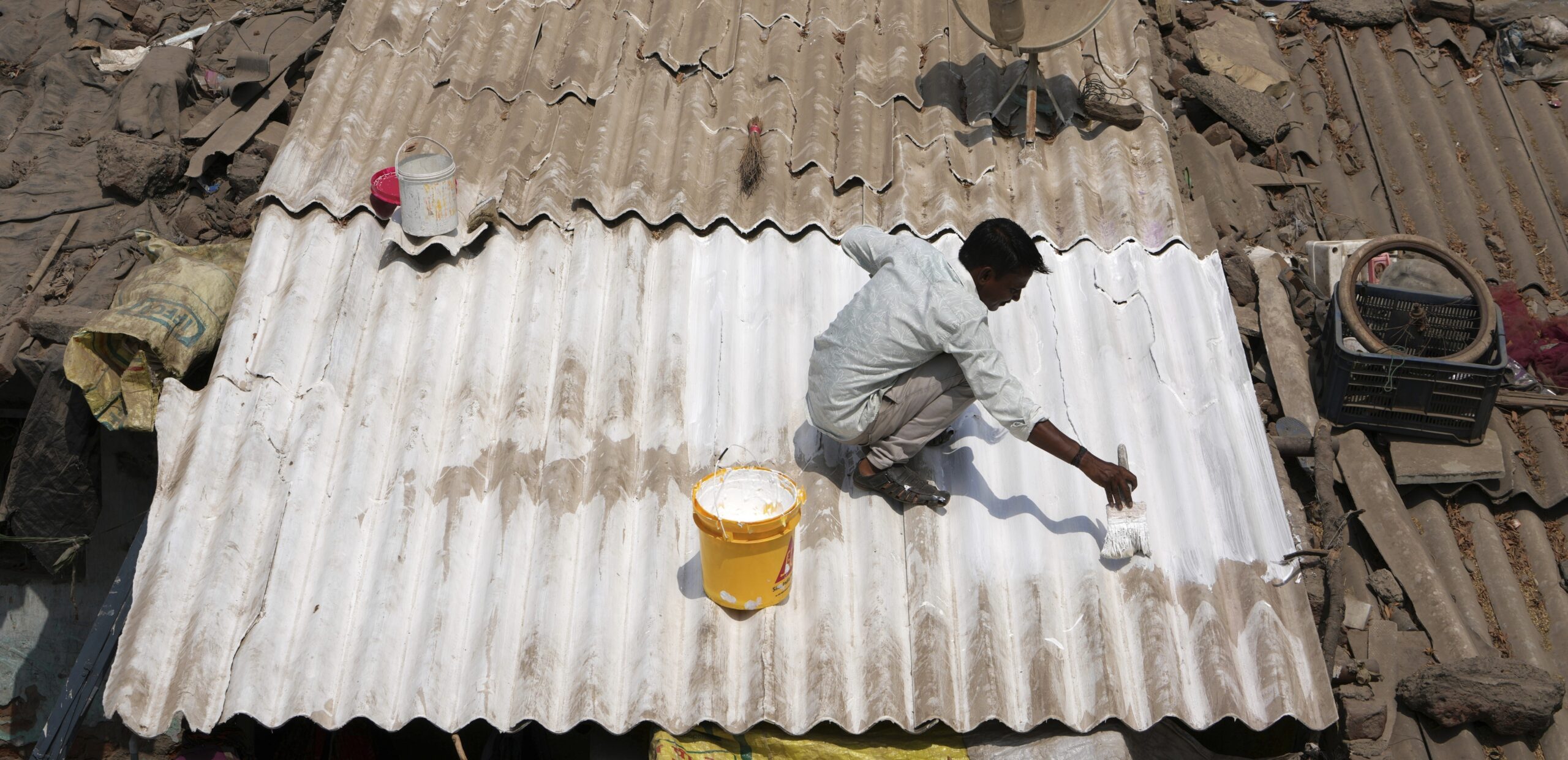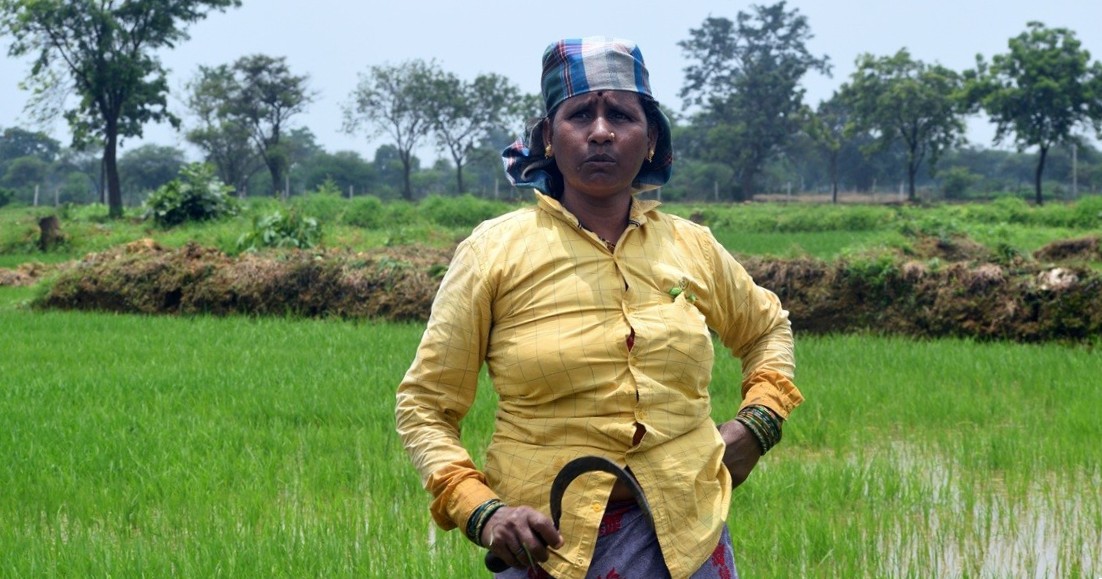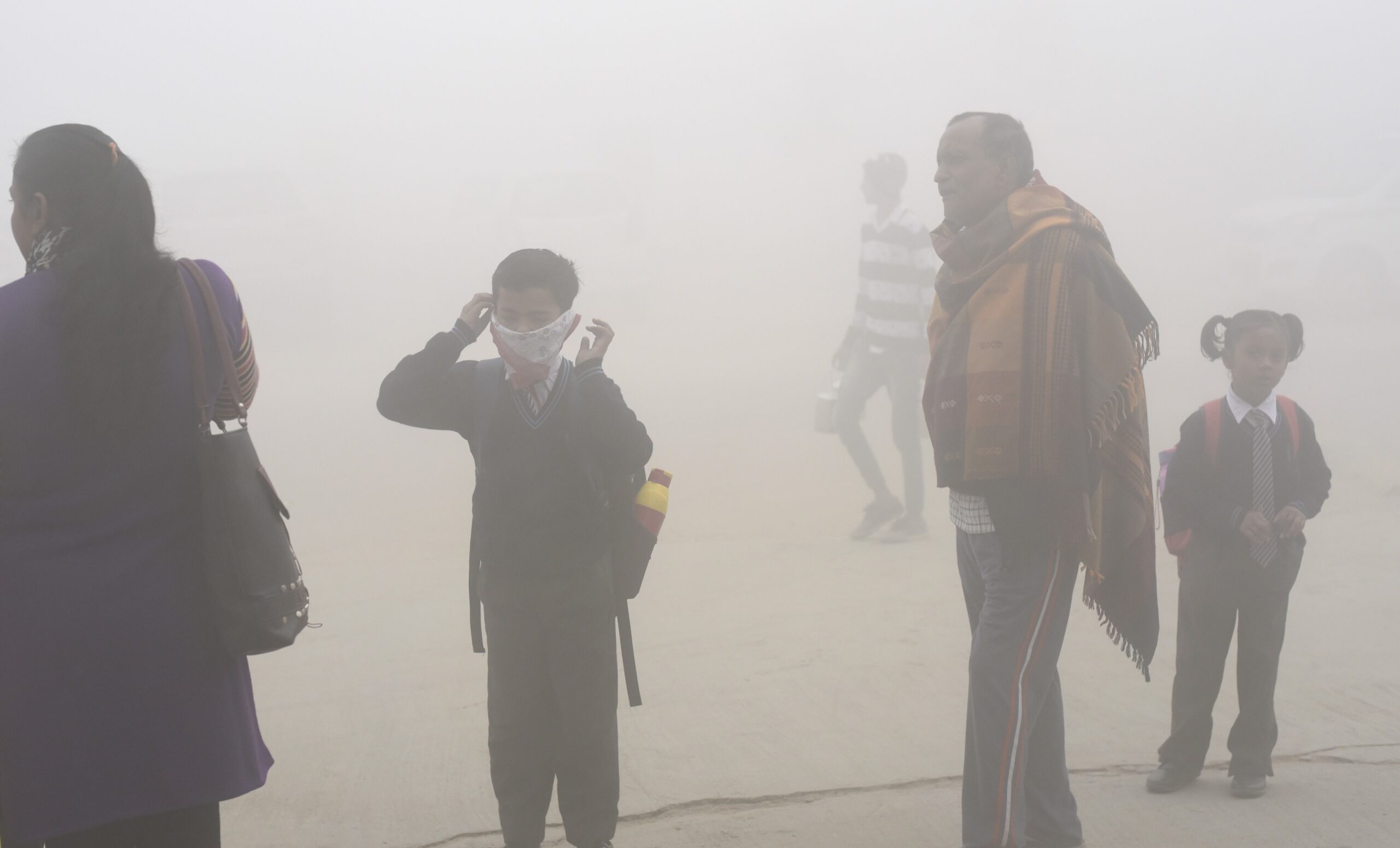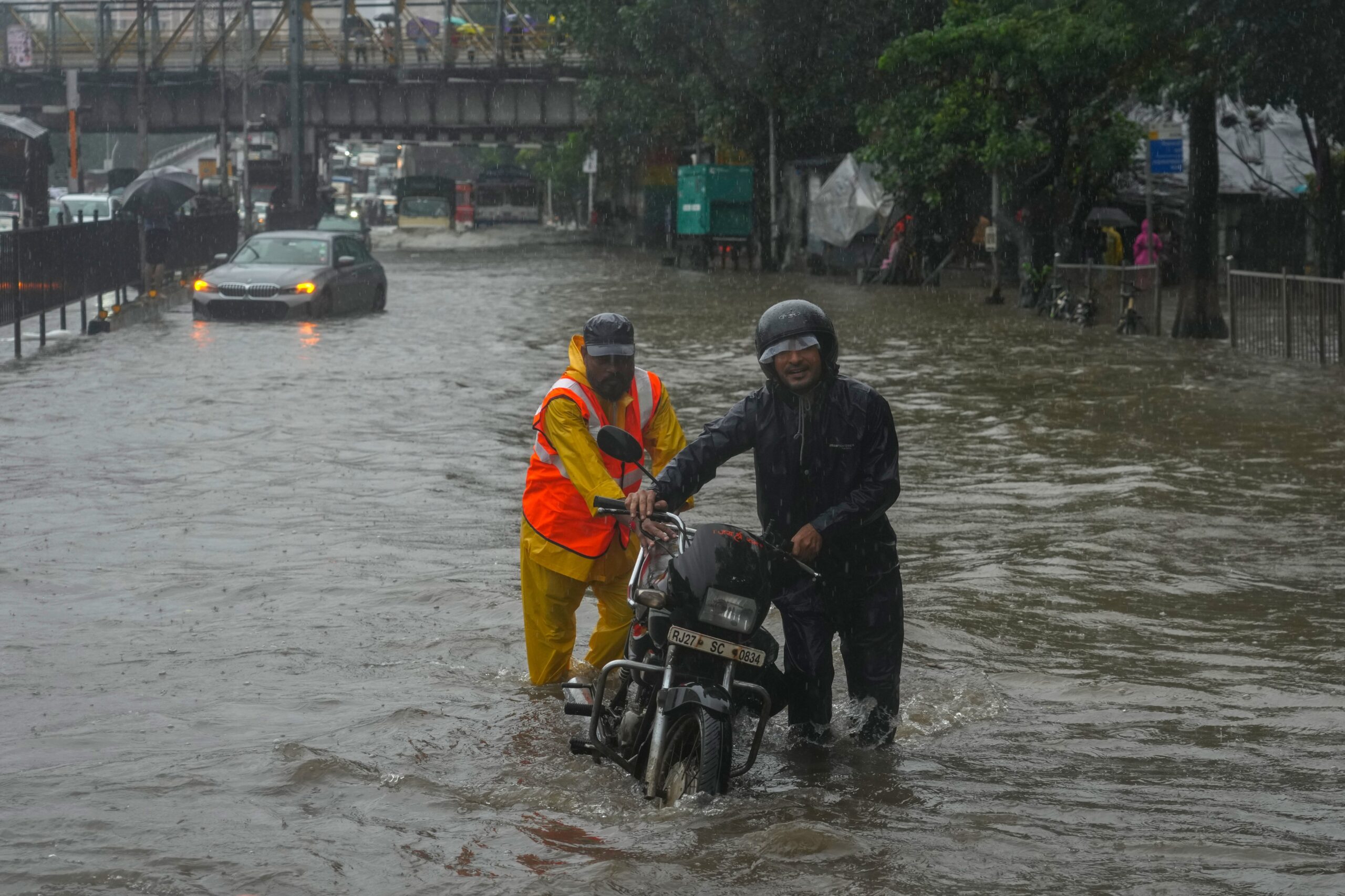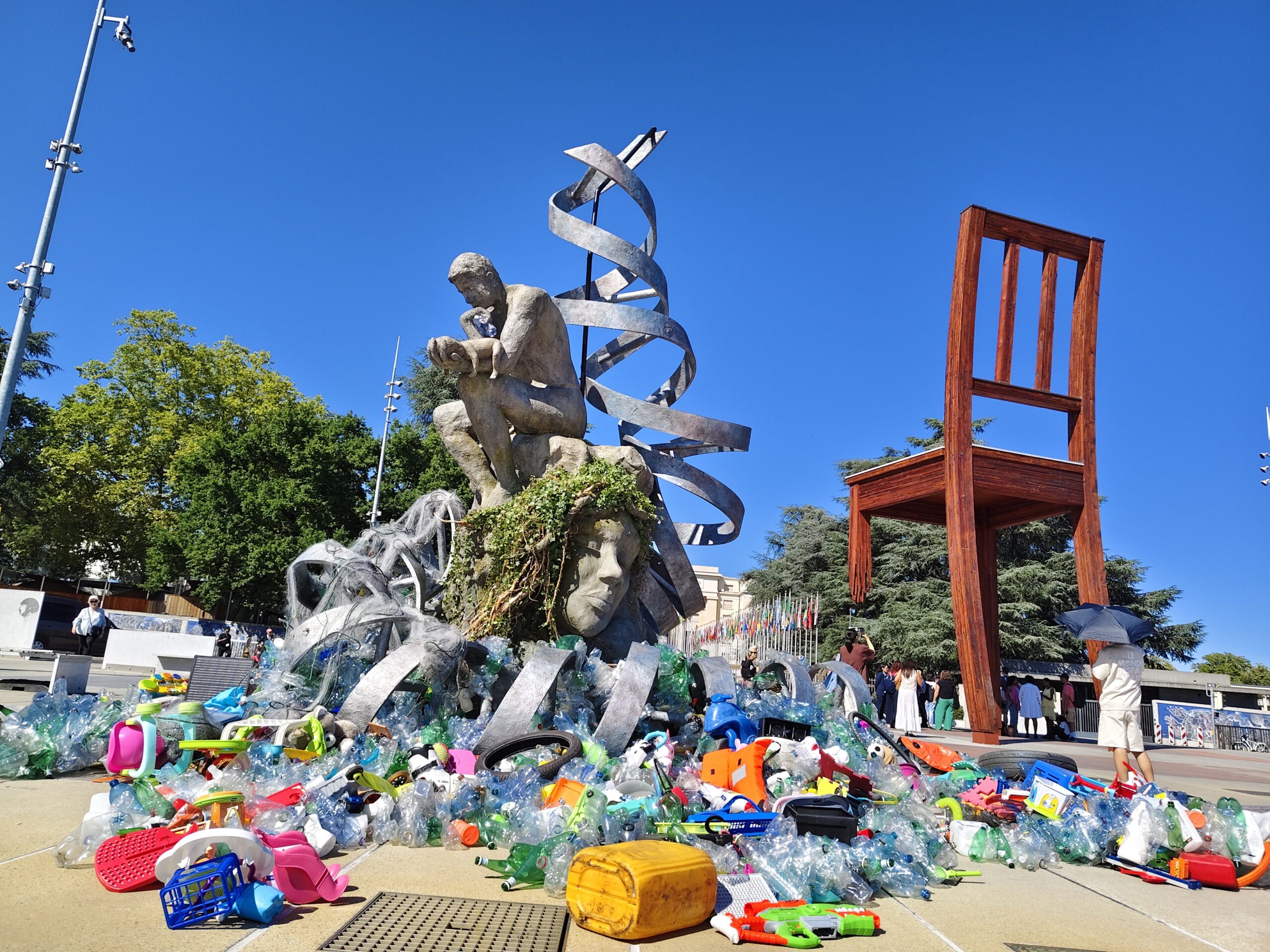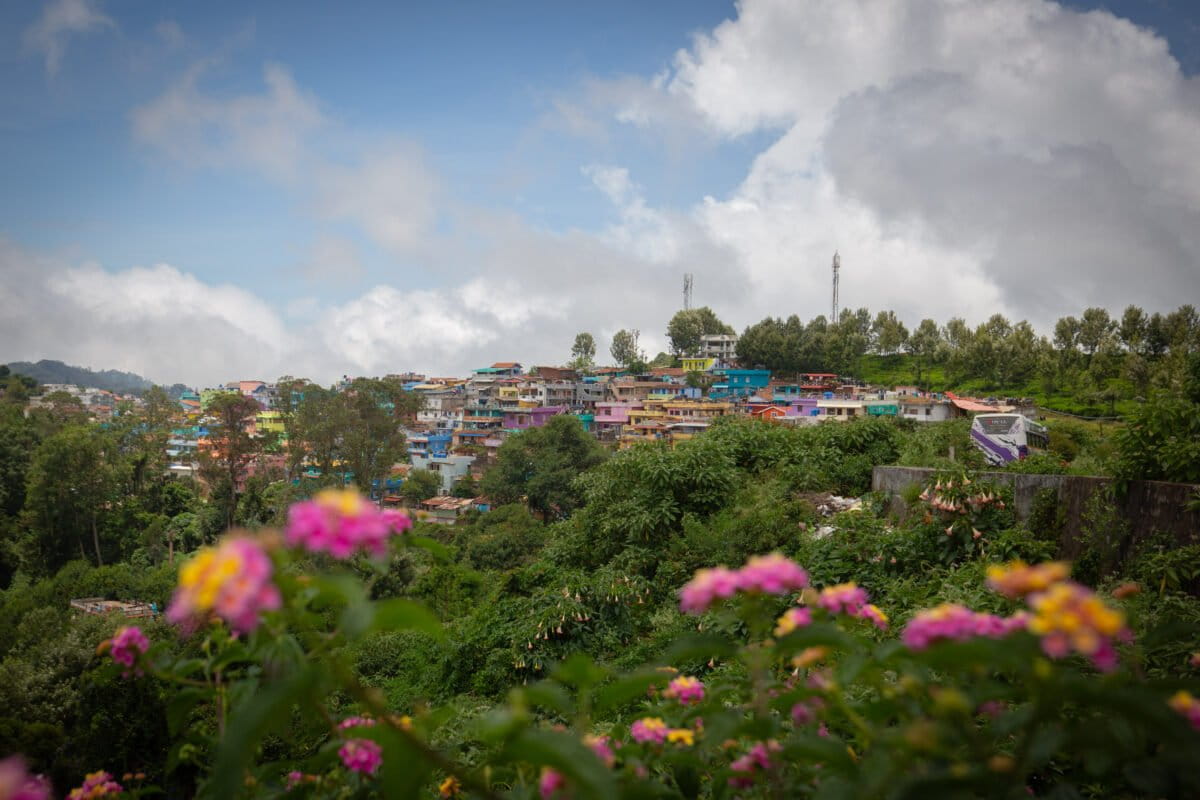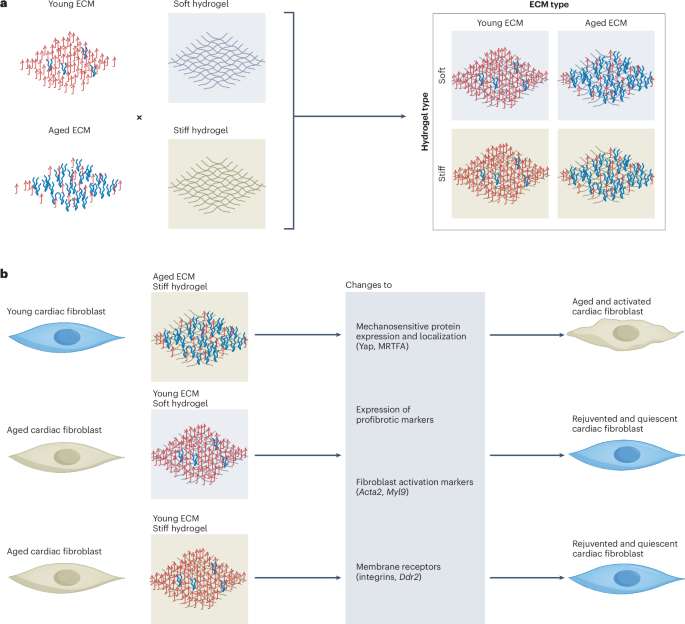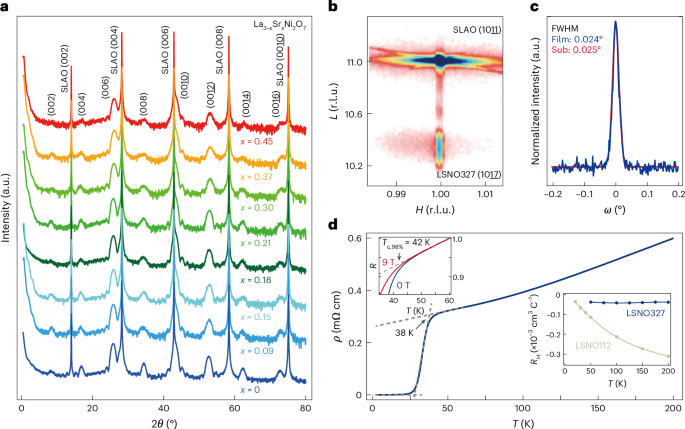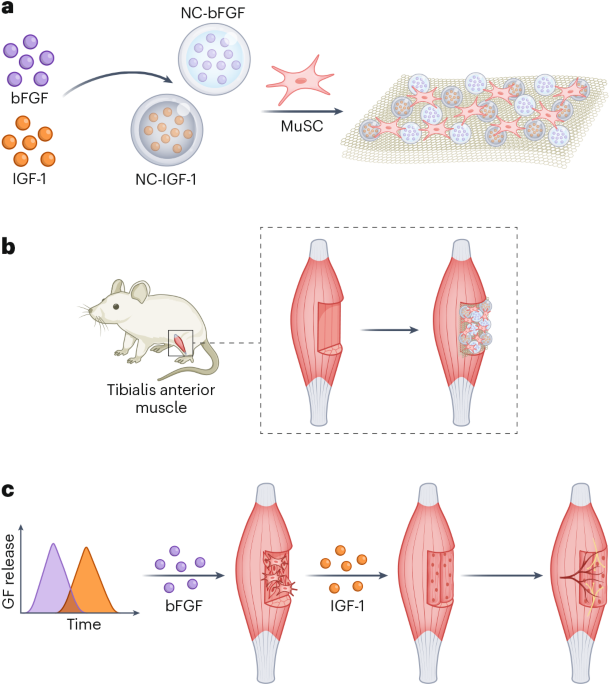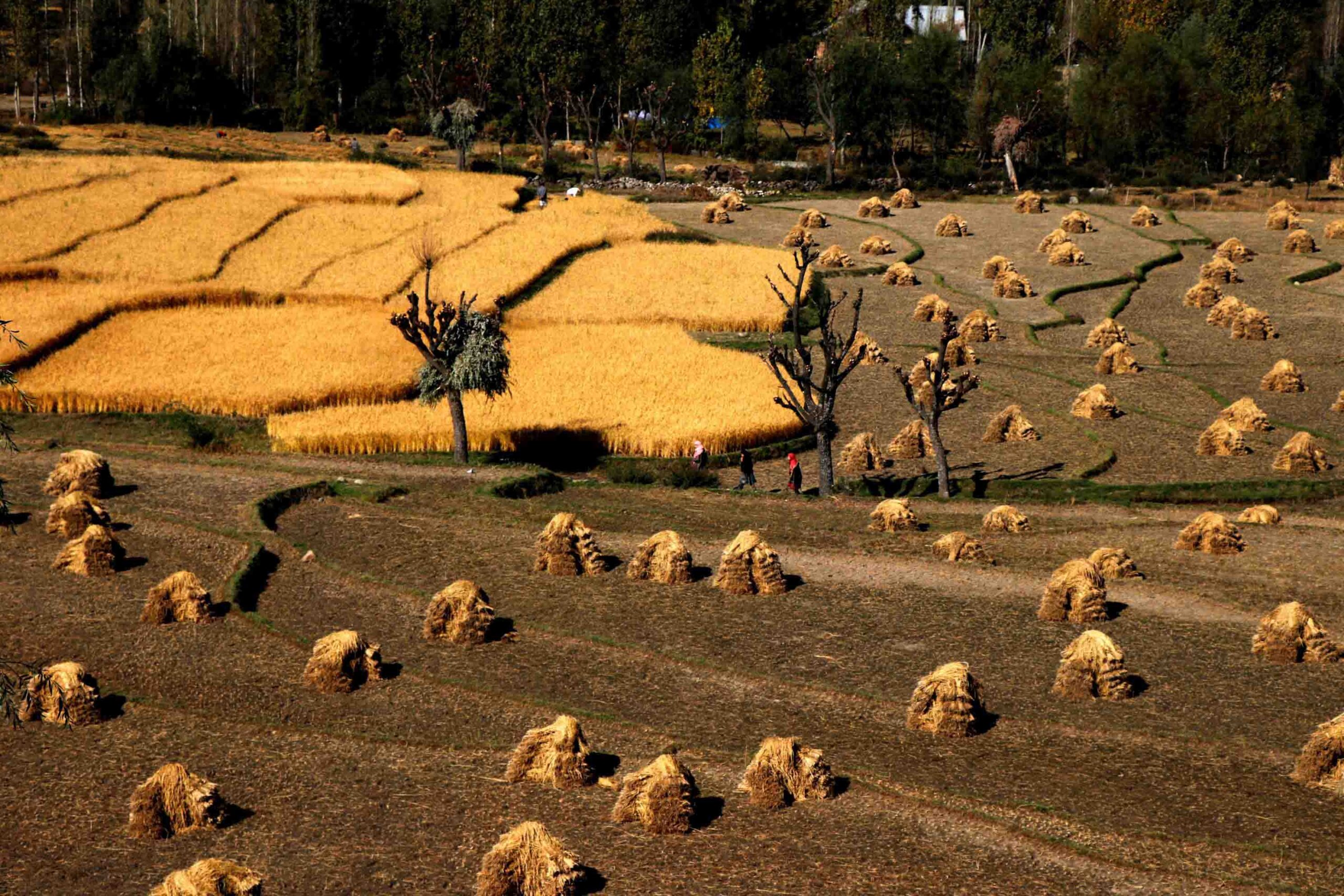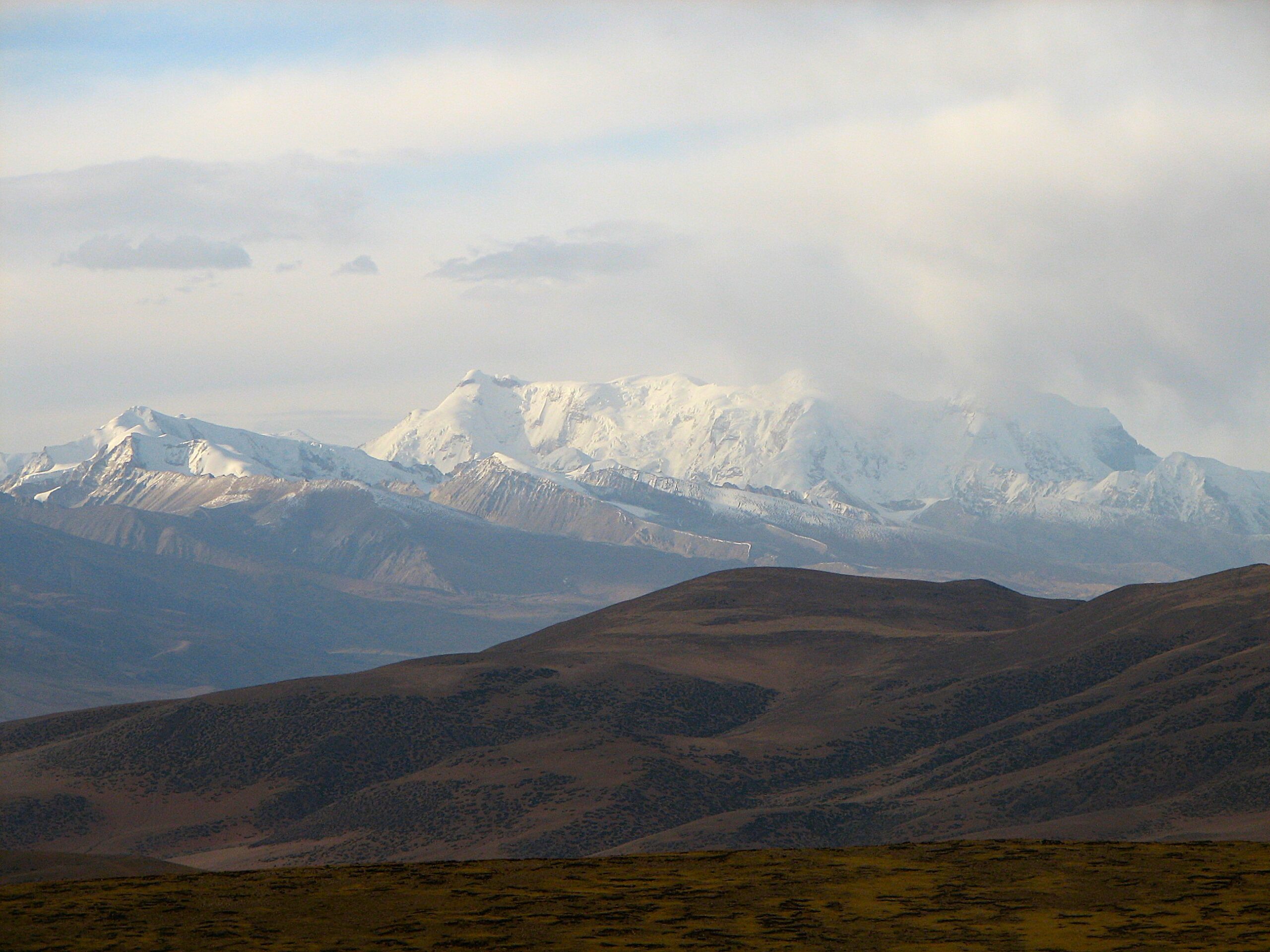
- Tamil Nadu recently released a block-level analysis of how land use change is impacting heat across the state.
- Out of the state’s 389 administrative blocks, 94 have experienced a very high change in heat intensity from 1981 to 2023. Blocks with high levels of urbanisation also witnessed higher ambient and night time temperatures.
- The report analysed land surface temperatures during the day and night, solar radiation, windspeeds, and humidity, to determine levels of heat stress.
- While the State Commission is working on a gap assessment to explore the possible solutions in each block, experts call for decentralised and cross-departmental action.
For at least two years, a section of Tamil Nadu’s state machinery has been diligently studying extreme heat – how it manifests, what worsens it, and how it can be alleviated. The stakes are high for Tamil Nadu, where already 74% of the population is exposed to uncomfortable levels of heat.
The effort has resulted in the country’s most granular, state-wide analysis of how land use change is making the state hotter – to the detriment of its people and the environment. The study – released in July – not only documents where urban sprawl has caused hotter climes in Tamil Nadu, but also makes recommendations that challenge conventional forms of development. It recognises that “urban growth in Tamil Nadu is not just a demographic or economic phenomenon, but a key driver of regional climate shifts.”
Understanding the linkages between heat and lived environments is the first step to taking concerted action, said Sudha Ramen, member secretary of the Tamil Nadu State Planning Commission, who played a key role in putting the report together. “You can’t avoid heat, but you can plan your way around it,” she said.
How heat transformed the state
The State Commission’s decadal analysis examined how built up areas affected heat exposure at the block level. “Heat is often understood as temperature, but temperature alone doesn’t accurately capture thermal comfort levels or the full extent of exposure,” said Ramen.
Heat is a complex phenomenon – when high temperatures are combined with high levels of humidity, the impact of heat stress can be more severe than high temperature alone. Environmental factors like ventilation and shade can play a role in determining how heat “feels.”
The report looked at several parameters – land surface temperatures during the day and night, solar radiation, windspeeds, and humidity – to determine levels of heat stress and how the human body experiences heat, a measure called universal thermal climate index (UTCI).
Out of the state’s 389 administrative blocks, 94 have experienced a very high change in heat intensity from 1981 to 2023. Blocks falling in this category also have a bigger “building footprint,” such as Chennai, which saw a 74% increase in built up areas by 2015. All the blocks in the coastal districts of Kanniyakumari and Ramanathapuram similarly fall in the ‘very high heat change’ category.
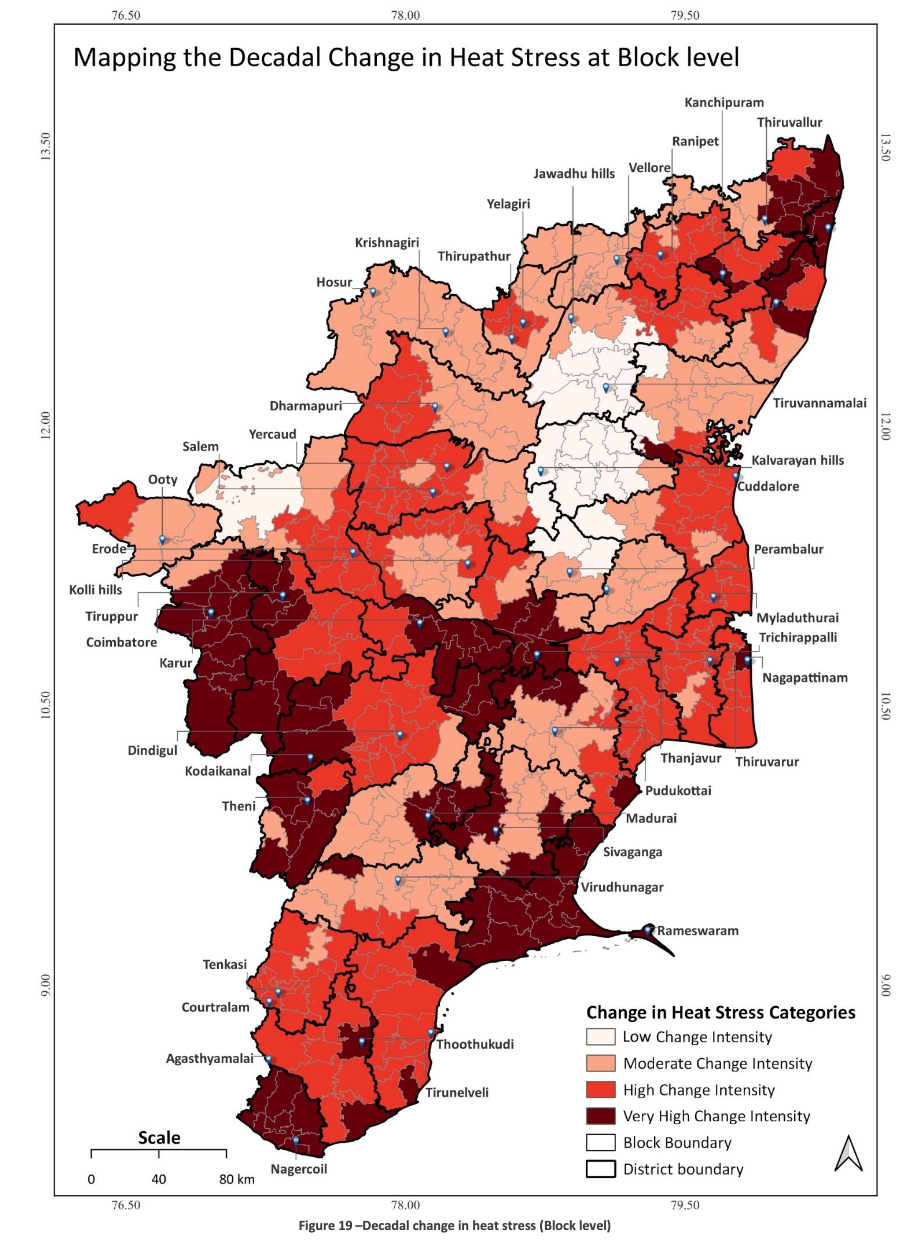
A sub-divisional analysis at the block level was important, Ramen said, for a more precise understanding of the role of built environments in impacting heat stress. A scatterplot analysis conducted by the State Commission confirmed that blocks with high levels of urbanisation also witnessed higher ambient and night time temperatures.
Warmer night surface temperatures indicate a warming baseline. From 2005 to 2015, only six blocks in the state saw night time temperatures between 26°C and 27°C, but today that number has escalated to 80 blocks which are distributed across all districts, “indicating a widespread escalation of night-time thermal stress.”
More worryingly, blocks in the Nilgiris – mountain ranges that are a part of the forested and biodiversity rich Western Ghats – also showed a warming trend. Night time temperatures in the Kodaikanal block in Dindigul district rose by 0.7°C from 2005 to 2015.
“Building this type of local data and information is absolutely crucial for localised action, and it sets a standard for other states to follow,” said Aditya Valiathan Pillai, a climate policy researcher who was not involved in the study, and a visiting fellow at the Delhi-based Sustainable Futures Collaborative.
A rapid analysis of blocks showing critically high levels of heat found that heat hotspots were emerging in several new places, including Thiruverumbur, an industrial corridor in Tiruchirappalli which has limited green space. Poonamallee in Tiruvallur and St. Thomas Malai in Chengalpattu district are other peri-urban areas which were also found to be vulnerable to heat exposure. “These areas, due to rapid land use changes, may lack the infrastructure or green buffers needed to mitigate heat built up, making them priority targets for immediate adaptation,” the report says.
“For us, the warming in the Nilgiris and the coastal areas was surprising and rang alarm bells. The analysis also helped us realise that the same solutions won’t work everywhere, and there’s no one-size fits all. It depends on the terrain, the elevation, and the natural buffers available,” said Ramen.
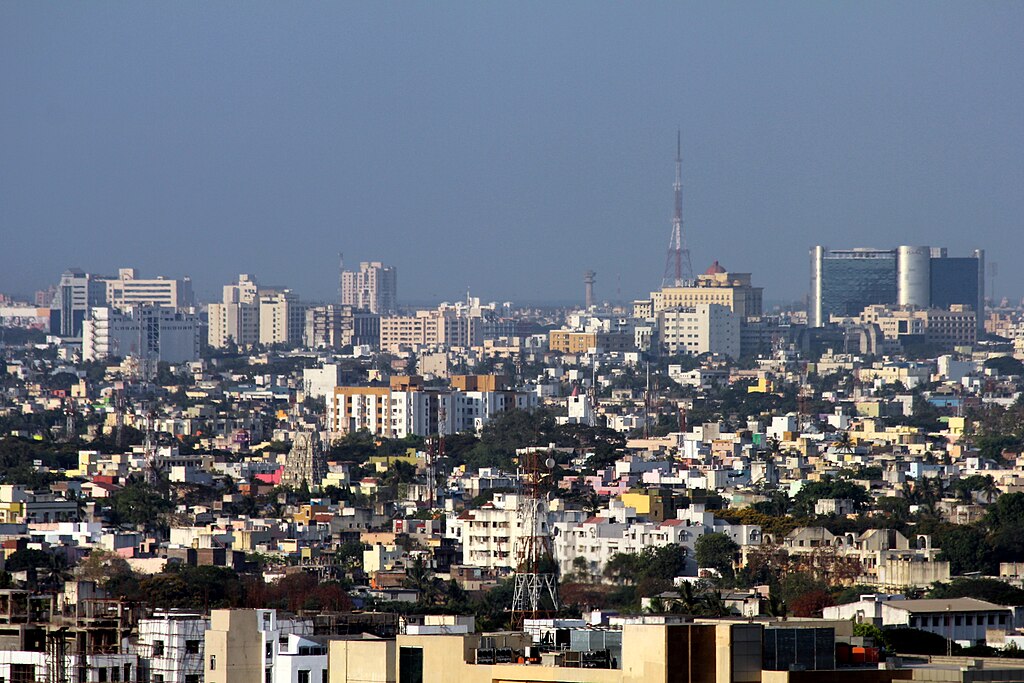
Building evidence
The analysis not only draws the connection between growing concretisation and temperature, but unequivocally states that reductions in forest cover and the loss of water bodies have elevated heat levels. Agricultural land giving way to built up spaces “signify a critical transition in land functionality, from resource-generating to heat-retaining surfaces,” says the study, adding, “the implications extend beyond temperature increases to include loss of ecological services, increased surface runoff, and lowered groundwater recharge potential.”
“What’s different about this report is that it consistently makes linkages between heat stress and land cover. Heat management cannot be removed from biodiversity, water management, flooding, and other issues that fall within the same policy domain,” said Jagdish Krishnaswamy, Dean of School of Environment and Sustainability at the Indian Institute for Human Settlements in Bengaluru.
The report pulls from examples in the plains and hills to demonstrate the significance of green and blue spaces. In Tiruchirappalli, for example, it notes that the Kaveri river channel exhibits higher temperatures during the summer months when the riverbed is dry, showing that “the loss of surface water and associated moisture can reduce the microclimatic buffering capacity of riparian zones.”
“These are thorny issues that the report isn’t afraid of getting into,” said Pillai, adding, “The report isn’t just dealing with heat, it’s dealing with urbanisation, deforestation, and land-use change, so it’s really questioning what development should look like and how to structure institutions and policies in a way that integrates climate adaptation into day to day development.”
Ramen said the Commission was “building evidence” to show that development decisions have a bearing on lived experiences. “We now have evidence and assessments at the block level which will help administrators to focus on solutions for their districts.” The Commission has already produced framework guidelines for small cities on how to incorporate nature-based solutions into city planning, emphasising the need to restore wetlands, conserve riparian zones, and build sustainably.
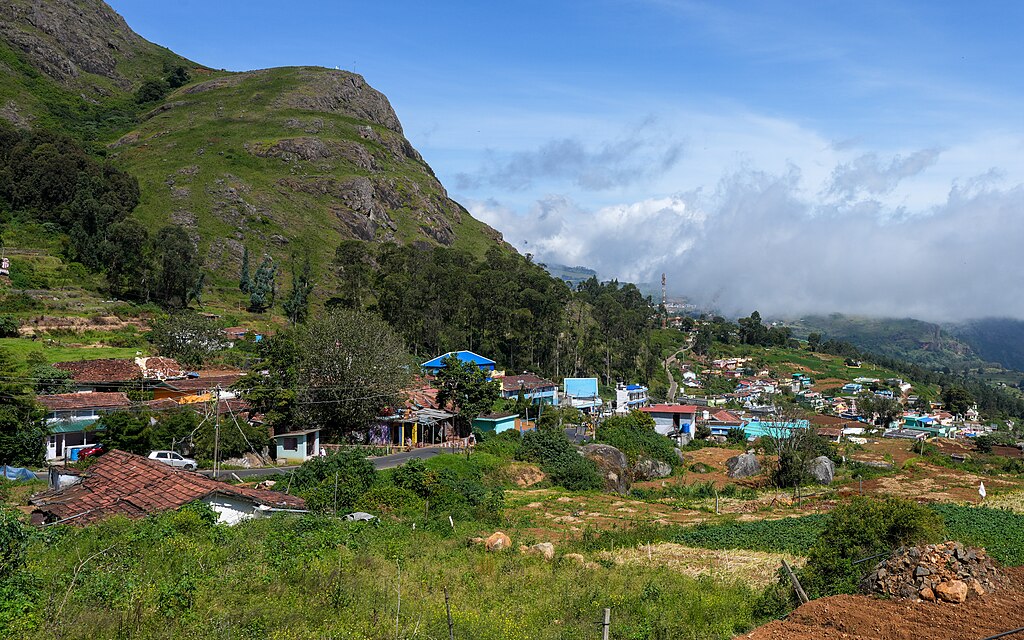
Leading the way
Last year, Tamil Nadu joined a handful of other states in notifying heat waves as a state disaster, acting on some of the Commission’s recommendations. “Declaring heat waves as a disaster is a really big deal, because it actually opens up support for vulnerable populations, and also puts it on the political agenda as a vital problem to do something about,” said Benjamin Hickman, programme manager at the United Nations Environmental Programme in India.
Declaring heat waves a state disaster improves the fiscal capacity of states to respond in emergencies, but it can also prompt the kind of cross-departmental action required to avoid excessive heat stress. “Solutions don’t just sit with the environment department or urban department or the municipal administration. There are mandates across departments and usually it’s really difficult to achieve that level of coordination for heat management, but in Tamil Nadu we’ve seen it happen because there’s a huge amount of leadership that is interested in solving the problem,” Hickman added.
The UNEP has been supporting the Tamil Nadu government implement heat mitigation actions, including rolling out cool roofs, identifying urban heat islands across the state, and improving building standards to incorporate passive cooling and ventilation into their structures. In June, the state government was invited by UNEP’s Cool Coalition to present its heat management model to several other countries at a climate conference in Bonn, Germany.
Next, Ramen said the Commission is working on a “gap assessment” — to see which solutions are possible in each block, while also assessing each block’s heat stress threshold. “With the threshold, we’ll have a more clear idea of which levels of heat are tolerable, and beyond which the administration needs to declare excessive heat. And with that we complete the cycle.”
The proof of the pudding, however, lies in decentralised action, said Krishnaswamy. “The next step would be to ensure that there is a response from the from the local body. The nuts and bolts of heat stress management boil down to the ward level. How can action be motivated there?”
Read more: [Explainer] What are urban heat islands?
Banner image: A man sips on water in the heat. Representative image by abhishek goel via Pexels.

























